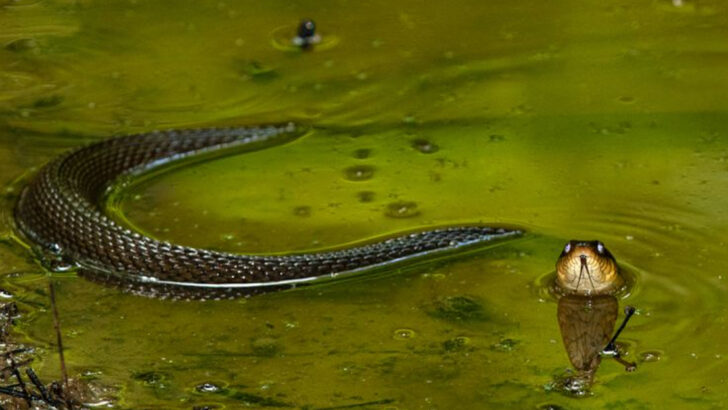They didn’t go anywhere—
they’ve just been waiting.
While you were busy skipping rocks and snapping sunset selfies by the river, something slithered beneath the surface. Coiled in cattails, curled beneath driftwood, or gliding just inches from your toes—America’s most dangerous snakes are very much alive. And they love a good riverbank.
These aren’t your garden-variety reptiles.
We’re talking pit vipers, cottonmouths, and rattlers with a reputation.
Bold. Venomous. Territorial.
And guess what?
They’re not just surviving—they’re thriving.
In waters people kayak in.
Where kids go tubing.
Where anglers cast lines without a clue what’s sunbathing a few feet away.
So if you thought snake encounters were rare in the U.S., think again.
These rivers are wild—and not always in the way you expect.
Mississippi River
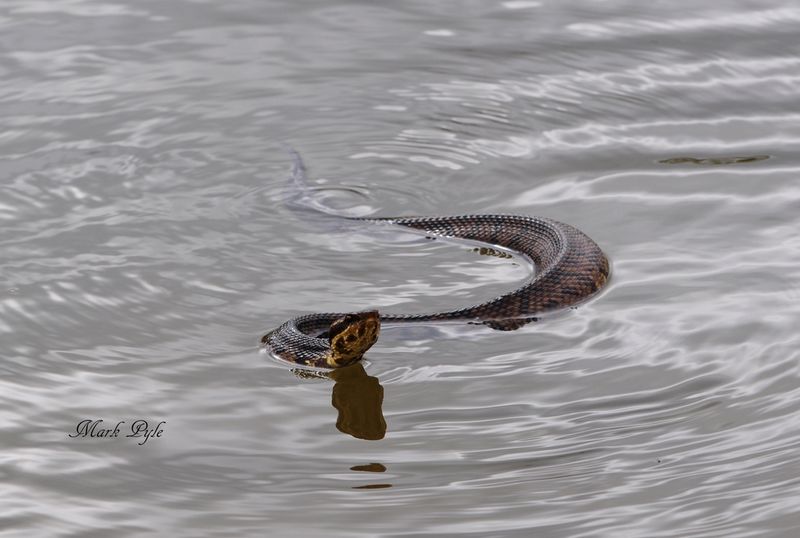
The Mississippi River is home to the infamous cottonmouth snake, known for its aggressive nature. This snake thrives in the river’s swampy areas, often seen basking on logs or swimming effortlessly in the murky waters. With its thick, muscular body and distinct white mouth, the cottonmouth is both fascinating and fearsome. Although encounters are rare, caution is advised when exploring these wetlands. The river’s vast ecosystem provides the perfect backdrop for these serpents to thrive. The cottonmouth’s preference for secluded spots makes it a master of camouflage, blending seamlessly into its surroundings.
Colorado River
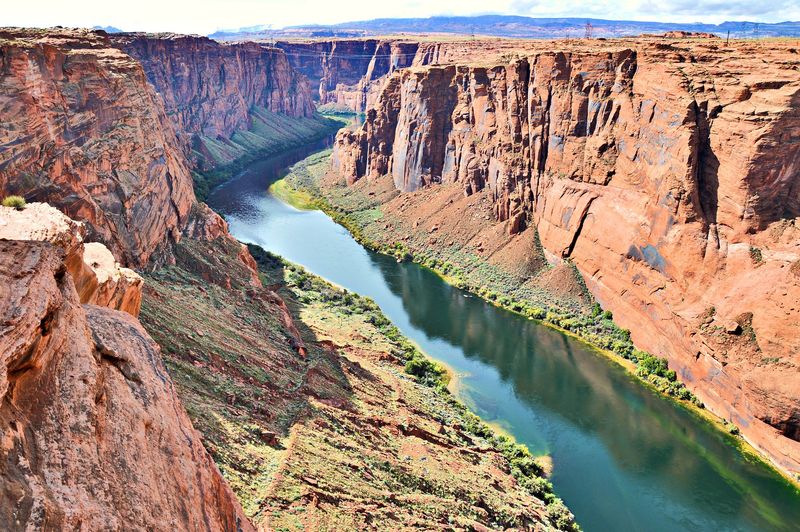
The Colorado River winds through arid landscapes, where the Western diamondback rattlesnake reigns supreme. This iconic snake’s rattle is a clear warning to intruders, a sound as distinctive as the river’s current. Found basking on sunlit rocks, the rattlesnake’s striking diamond pattern is unmistakable. While its venom is potent, the snake prefers retreat over confrontation. Respecting its space ensures a safe and memorable experience. The stark beauty of the Colorado River, with its red rock canyons, provides a dramatic contrast to the serpentine inhabitants that call it home.
Amazon River

Though not in the U.S., the Amazon River is famed for the giant anaconda. Known for its incredible size, this non-venomous snake relies on constriction to subdue prey. Found in the river’s slow-moving tributaries, the anaconda is an elusive predator, often concealed beneath water or dense foliage. Its presence adds an air of mystery to the biodiversity-rich Amazon. Observing an anaconda, even from a distance, is an awe-inspiring sight. This serpent symbolizes the untamed wilderness of the Amazon, where every twist and turn holds a new discovery.
Everglades and Big Cypress
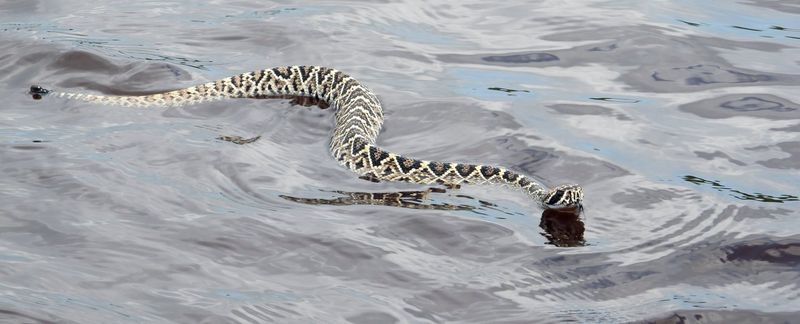
In the vast wetlands of the Everglades and Big Cypress, the Eastern diamondback rattlesnake holds court. This snake is the largest rattlesnake species in the United States, its intimidating presence matched by its intricate diamond markings. Preferring dry, sandy areas near swamps, it often sunbathes in open spaces. Despite its fearsome reputation, the Eastern diamondback avoids humans. Observers should watch from a distance, respecting the snake’s space. The Everglades’ rich tapestry of life makes it a haven for this snake, where it plays a vital role in the ecosystem.
Rio Grande
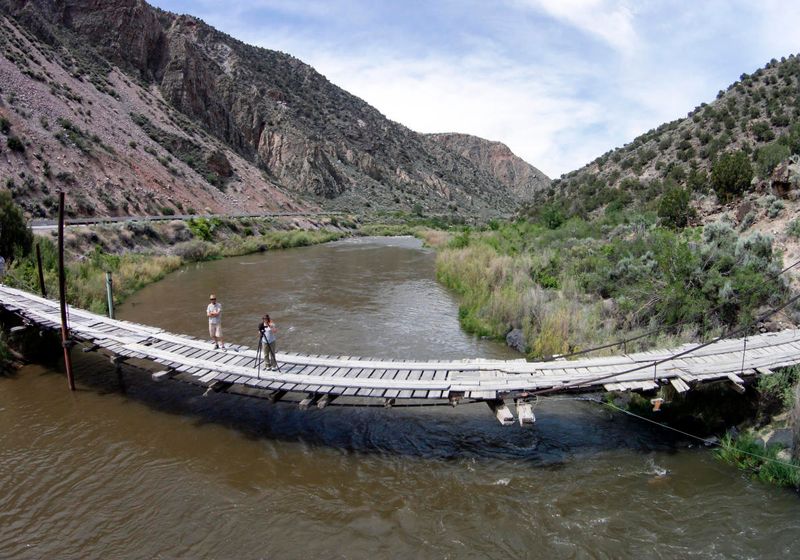
Along the Rio Grande, the Mojave rattlesnake is a formidable presence, known for its potent venom. This snake thrives in arid, desert environments, where it blends seamlessly with the sandy terrain. Its greenish hue and distinctive diamond patterns provide excellent camouflage. While encounters are rare, its warning rattle serves as a crucial alert to passersby. The Rio Grande’s rugged landscape is a fitting habitat, where the Mojave rattlesnake can bask in the sun, awaiting unsuspecting prey. This snake’s adaptability to harsh conditions showcases its resilience in the wild.
Hudson River
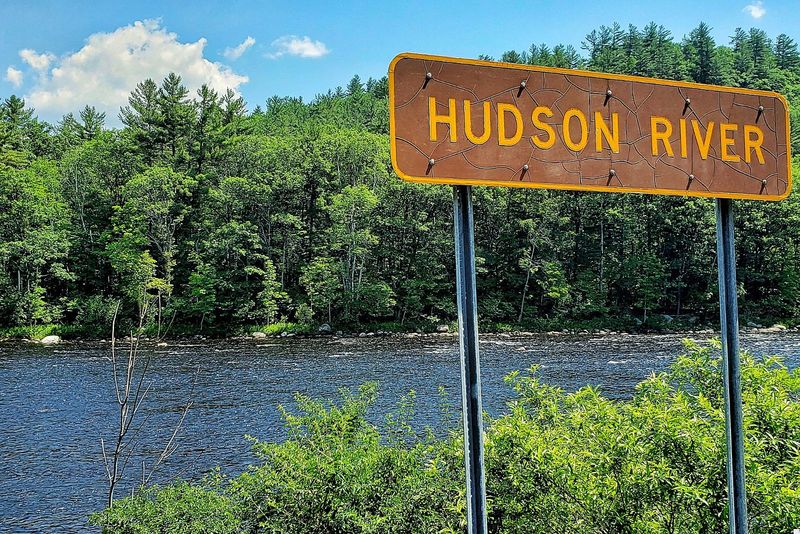
The Hudson River hosts the timber rattlesnake, a species as elusive as it is fascinating. This snake prefers rugged, forested regions and is adept at remaining hidden. With its cryptic coloration, the timber rattlesnake blends into the leaf-strewn forest floor. Though venomous, it is primarily docile, relying on camouflage and stealth. Its presence along the Hudson adds a touch of wild intrigue to the scenic river. Observers may glimpse it basking in the sun, a rare and thrilling sight. The timber rattlesnake is a testament to the Hudson’s diverse ecosystem.
Snake River
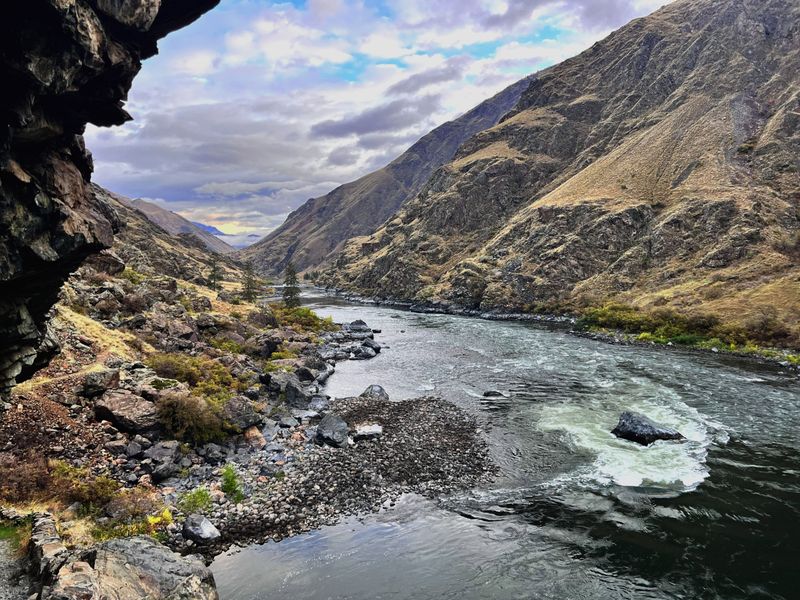
The Snake River is aptly named, home to various snake species, including the non-venomous bull snake. This impressive constrictor often gets mistaken for a rattlesnake due to its similar appearance. Found in grasslands and rocky areas, the bull snake is an excellent burrower, often seen hunting rodents. Its role in controlling pest populations is vital. The Snake River’s diverse landscape, from rolling plains to towering mountains, provides an ideal habitat. Observing a bull snake in action showcases nature’s intricate balance, a blend of beauty and functionality.
Chattahoochee River
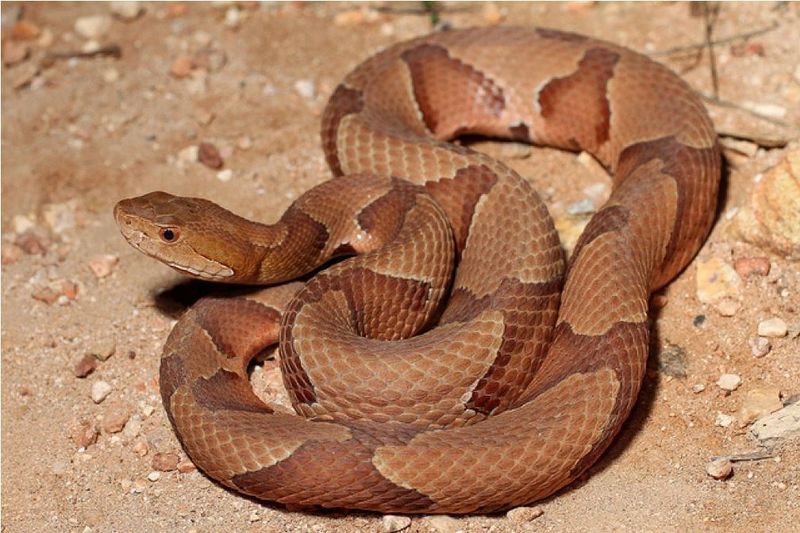
The Chattahoochee River is home to the copperhead, a snake renowned for its striking copper-colored head. This venomous snake is most active in the warmer months, favoring wooded areas with abundant leaf litter. Its pattern allows it to blend seamlessly into its surroundings, making it a master of ambush. Although its bite can be painful, it is rarely fatal to humans. The copperhead’s presence adds an element of caution to the river’s tranquil setting. For those lucky enough to glimpse it, the copperhead embodies the wild beauty of the Chattahoochee.
Savannah River

In the waters of the Savannah River, the water moccasin, or cottonmouth, is a frequent sight. This snake is known for its swimming prowess and can often be spotted gliding across the water’s surface. Its dark, olive-brown body allows it to blend with the murky river environment. While its bite is venomous, the water moccasin is more curious than aggressive, often choosing flight over fight. The river’s lush surroundings provide ample opportunity for observation, where the water moccasin thrives amid the rich biodiversity of the Savannah’s ecosystem.
St. Johns River
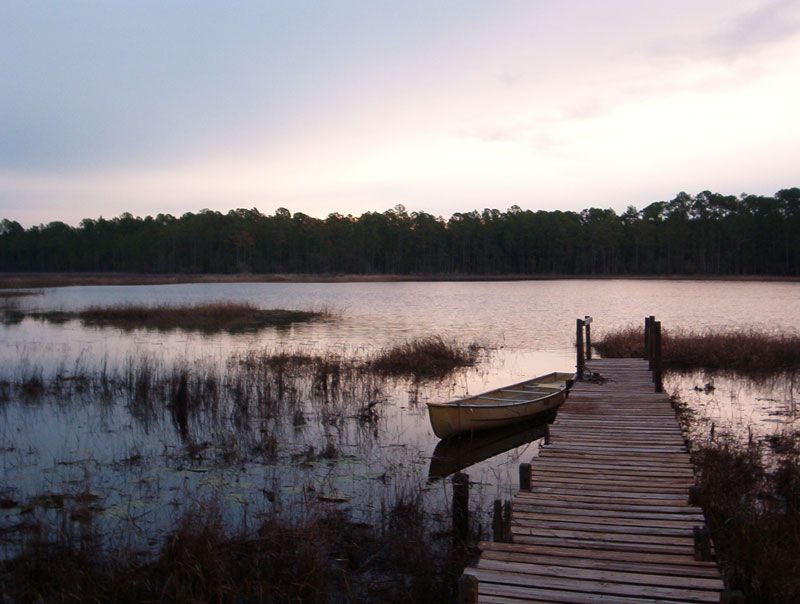
The St. Johns River is a haven for the pygmy rattlesnake, a small but striking species. Known for its vibrant coloration, this snake is often found in pine flatwoods and scrub habitats. Its distinctive rattle is a gentle warning, more subtle than its larger relatives. Despite its size, the pygmy rattlesnake’s presence commands respect. The river’s meandering path through Florida creates diverse habitats, supporting a variety of wildlife, including this fascinating snake. Observing a pygmy rattlesnake offers insight into the delicate balance of nature along the St. Johns.
Ohio River

The Ohio River is home to the copperbelly water snake, a non-venomous but captivating species. With its vibrant belly and sleek form, this snake is a frequent visitor to the riverbanks. Preferring slow-moving waters and abundant vegetation, it is often seen basking on logs or rocks. While not dangerous, the copperbelly water snake’s striking appearance often draws attention. The river’s serene environment supports this snake’s lifestyle, offering a perfect blend of sun and shade. Observing this snake in its natural habitat is a visual treat for nature enthusiasts.

